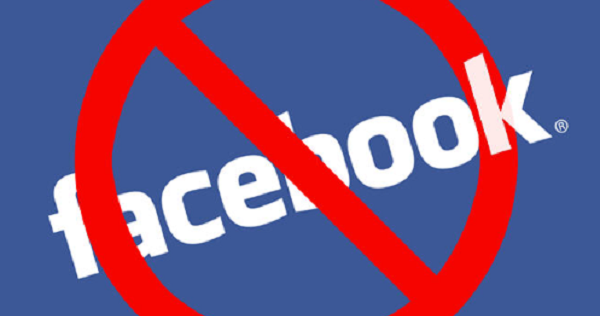
As Donald Trump, family and staff wade through the treacherous shallows of shifting tides and ominous predators, the seemingly arduous peregrination to inauguration day pulsates with the impassioned echoes of pre-election posts and intrapersonal exchanges via the “social network”.
The Left claims that what end-users construed as reliable information and ultimately “news” from the vast jungle of trending topics customized for individual profiles, ultimately cost the Clinton empire the throne in the White House. Popularly maligned CEO Mark Zuckerberg from the other side of his formidable wall on his Hawaiian estate, downplayed the role of unsubstantiated news on “the network” in influencing the collective voting trends. Of course, F$&%book company officials admitted earlier year an editorial staff outsourced by the company was purposely killing conservative content, a practice that was supposedly terminated and replaced by a set of suspicious algorithms. In the game of throwing numbers and statistics at a hypothetical dartboard, apparently 44 percent of those with active accounts in the US, receive their news content via the trending menu and friends’ posts and shares. Is this an alarming trend for future generations to rely on “Vote Bots” in determining elections, or is it simply sour grapes rhetoric and counterproductive whining?
With Trump’s win highlighted by gaining 45 percent of the vote from individuals with at least a college degree and the perpetual degradation of manufacturing and labor culture and infrastructure throughout the nation, it is plain to see why pundits would shift the blame into the digital ether of the net, rather than process reality. Scientific America, shares the work of R. Kelly Garret in attempting to quantify the potential effect that social network perpetuated “fake news” had in what the defeated are calling the upsetting of the upset. Warning- things may appear zanier and ensconced in a fantasy dream world of unicorns and candy.
Read the Scientific American article here.